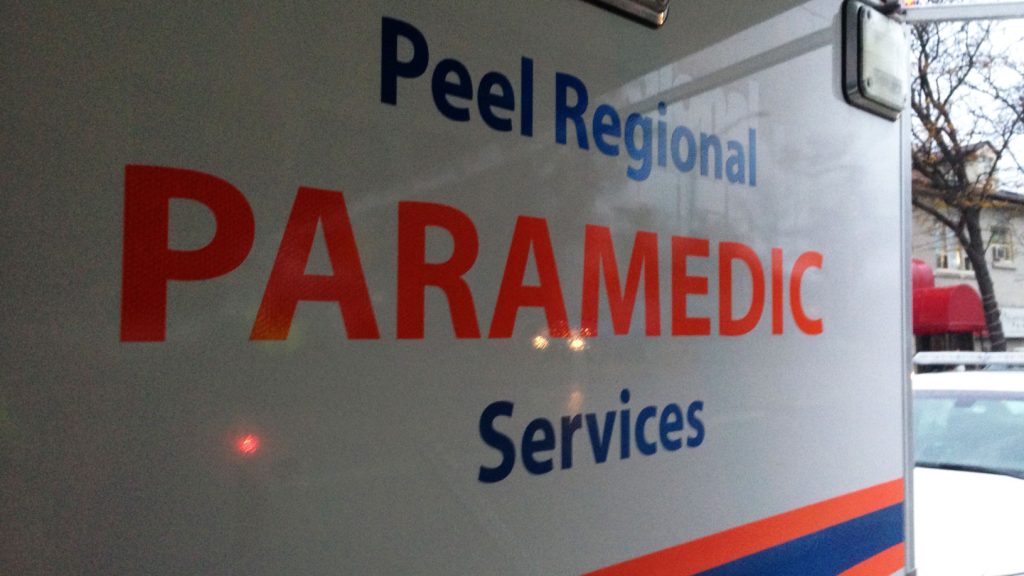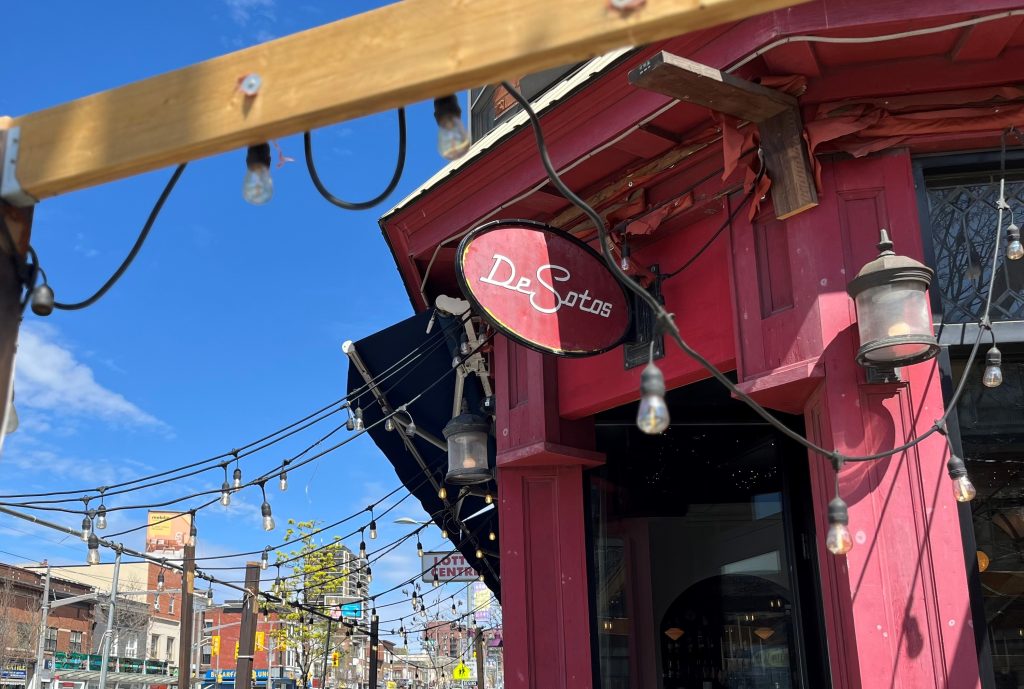Concern grows over 12 older pedestrian deaths in Toronto since January
Posted April 1, 2015 1:39 pm.
Last Updated April 1, 2015 2:50 pm.
This article is more than 5 years old.
Safety experts are sounding the alarm over the deaths of older pedestrians on Toronto streets so far this year.
There have been 12 pedestrian deaths in Toronto from Jan. 1 to April 1 — all of the victims were older adults with the youngest being 57 years old.
A report from a pedestrian safety program at Sunnybrook Health Sciences Centre finds even though pedestrian deaths are down, the “elderly continue to have the highest pedestrian mortality and morbidity rates of any Canadian population segment.”
“Your body becomes weaker as you get older, and the more traumatic the injury the less likely you will recover,” Toronto police Const. Clint Stibbe said.
A look at the recent deaths shows no trend other than age.
Stibbe said that in many cases the injuries appear to be minor, but deaths occur due to complications.
“The older we get, the harder it is for our body to heal from these injuries, and in a lot of cases, complications creep in […] individuals are dying as a result of these complications,” he said.
City officials forecast a 42 per cent increase in the senior population from 2006 to 2031. If the current trend continues, the city could see a “sharp increase” in the number of senior fatalities as well.
He said drivers and pedestrians have a shared responsibility on the roads.
“It’s essentially carelessness on the case of drivers, and in some cases pedestrians as well. We see the most dangerous points for a pedestrian are the left turns at the intersection, right turn at an intersection, and a mid-block crossing situation or parking lot.”
“We don’t live in a perfect world, and people make mistakes. Unfortunately, some of those mistakes are costing lives,” Stibbe added.
A group that is trying to raise awareness for senior safety issues is offering some tips for pedestrians, including to be aware of your walking speed, to ensure you are able to cross in the allotted time, as well as stopping and looking both ways before stepping off the curb.
Stibbe offers the following advice: don’t talk on a cell phone while crossing, assume drivers don’t see you, also don’t assume the vehicle at the intersection is actually going to stop even if you have the right of way.
B.A.S.S.I.C. (Bringing An Awareness of Senior Safety Issues to the Community) Committee provides these tips:
Intersection Safety Tips:
o Be aware of your walking speed to ensure you are able to cross in the allotted time
o Ensure you do not enter roadway once the countdown has started
o Stop and look (left-right-left) before stepping off the curb
o Cross when all cars have come to a complete stop
o Make eye contact with the driver
o Draw attention to yourself – be visible, wear bright colours
Tips to help you stay safe:
o Don’t talk on a cell phone or be otherwise distracted while crossing the street
o Be cautious and assume that drivers do not see you
o Don’t assume the vehicle will be able to stop – even if you have the right of way, don’t step onto the roadway until the car has come to a complete stop
o Use mobility, hearing or visual aids as recommended or required
o Wear proper and well-maintained footwear
o Cross at intersections with traffic signals, marked crosswalks or stop signs
o Use your eyes before your feet
o Cross the street as if your life depends on it….because it does!










